PhD: Multimodal AI for Ovarian Cancer Detection • Dr. Stéphanie Nougaret
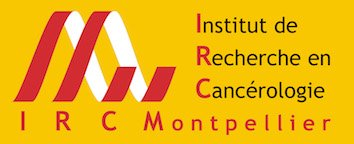
Mission:
Developing multimodal AI models to link MRI, histology, and spatial transcriptomics for
non-invasive ovarian cancer characterization. Goal: Predict tumor biology, immune
landscapes, and treatment response from imaging.
Key Work:
- Multimodal Coregistration: Align 3T/9.4T MRI, histology, and transcriptomics at voxel-level (ANTs, Coherent Point Drift).
- Feature Extraction: Radiomics (PyRadiomics), pathomics (QuPath), transcriptomics (scuttle/scran).
- AI Models: U-Net (segmentation), CNNs (fusion), spatial transformers (context). Loss functions: Hausdorff (best MCC: 0.65), Tversky, Dice.
- Clustering: BayesSpace, SNNGraph for spatial gene expression patterns.
Progress:
- 12 HGSOC samples (100GB+), 9.4T MRI, 10X Visium transcriptomics, H&E slides.
- Segmentation models: 98% specificity, 65% MCC (Hausdorff Loss).
- Spatial clustering: 3 distinct tumor habitats identified (immune hot/cold, stroma-rich).
Impact:
- First spatially aligned multimodal dataset for HGSOC.
- AI tools to predict immune phenotypes and therapy response from MRI.
- Open-source pipelines for radiogenomics and precision oncology.
Next: Validate models on external cohorts; deploy clinical decision support tools.


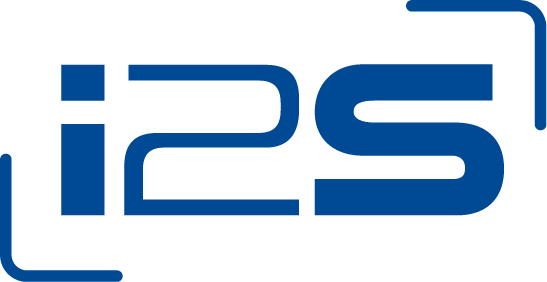

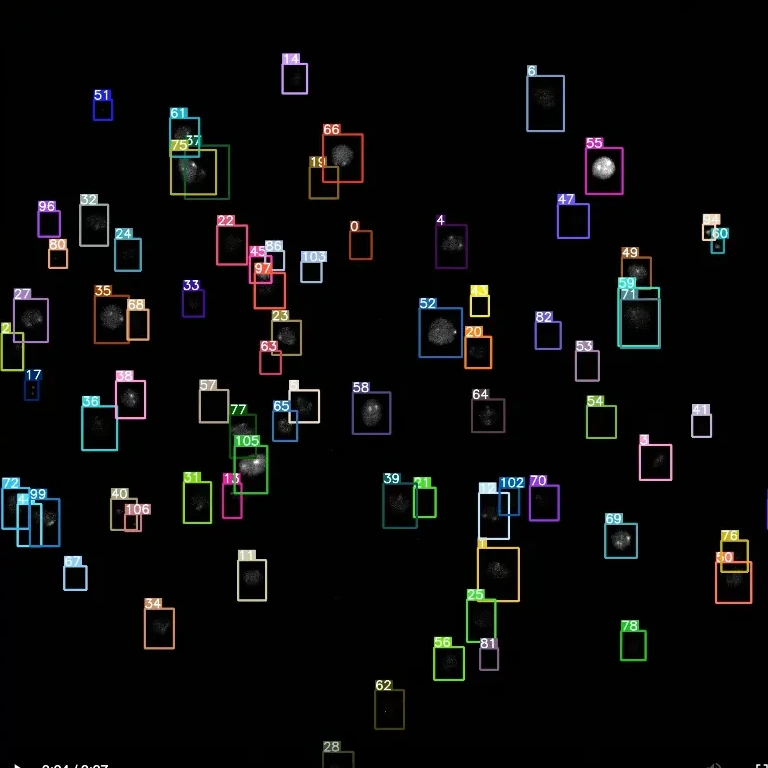
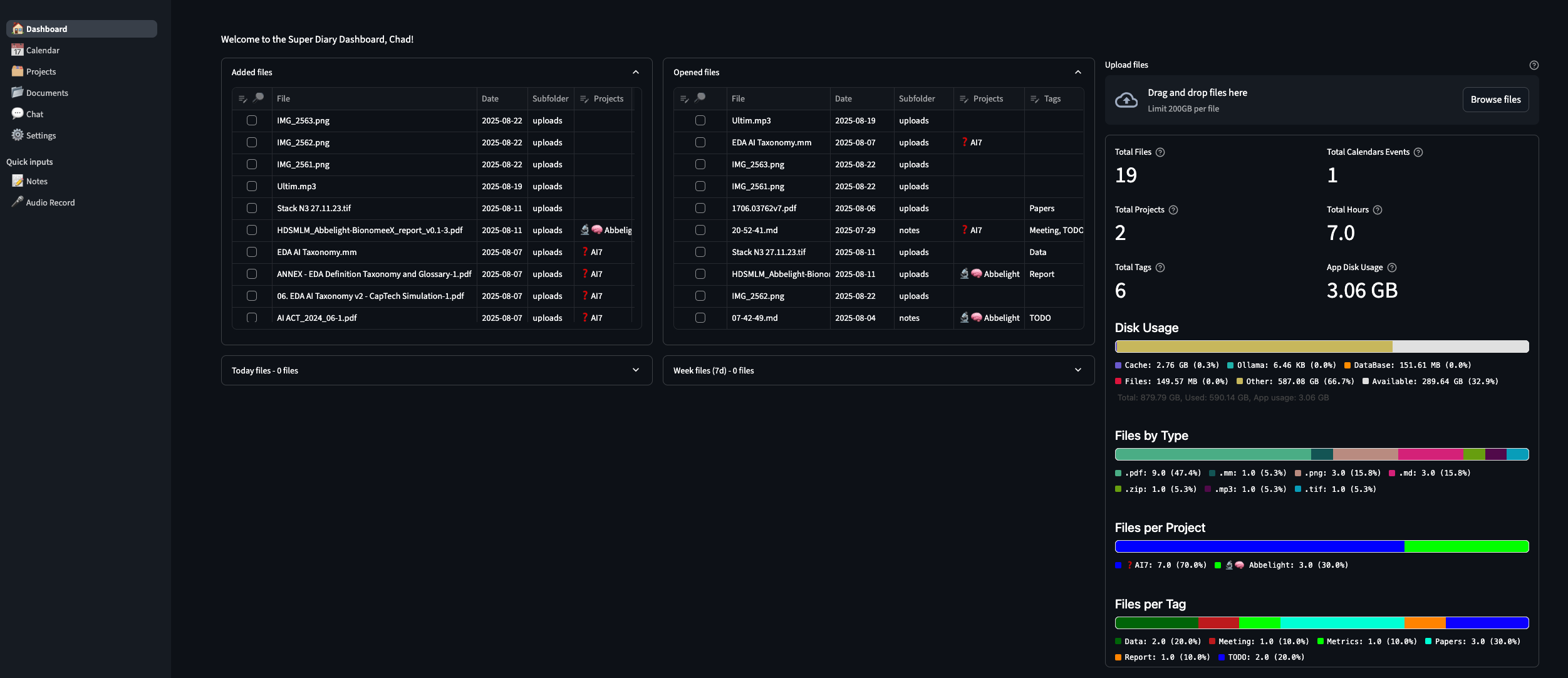
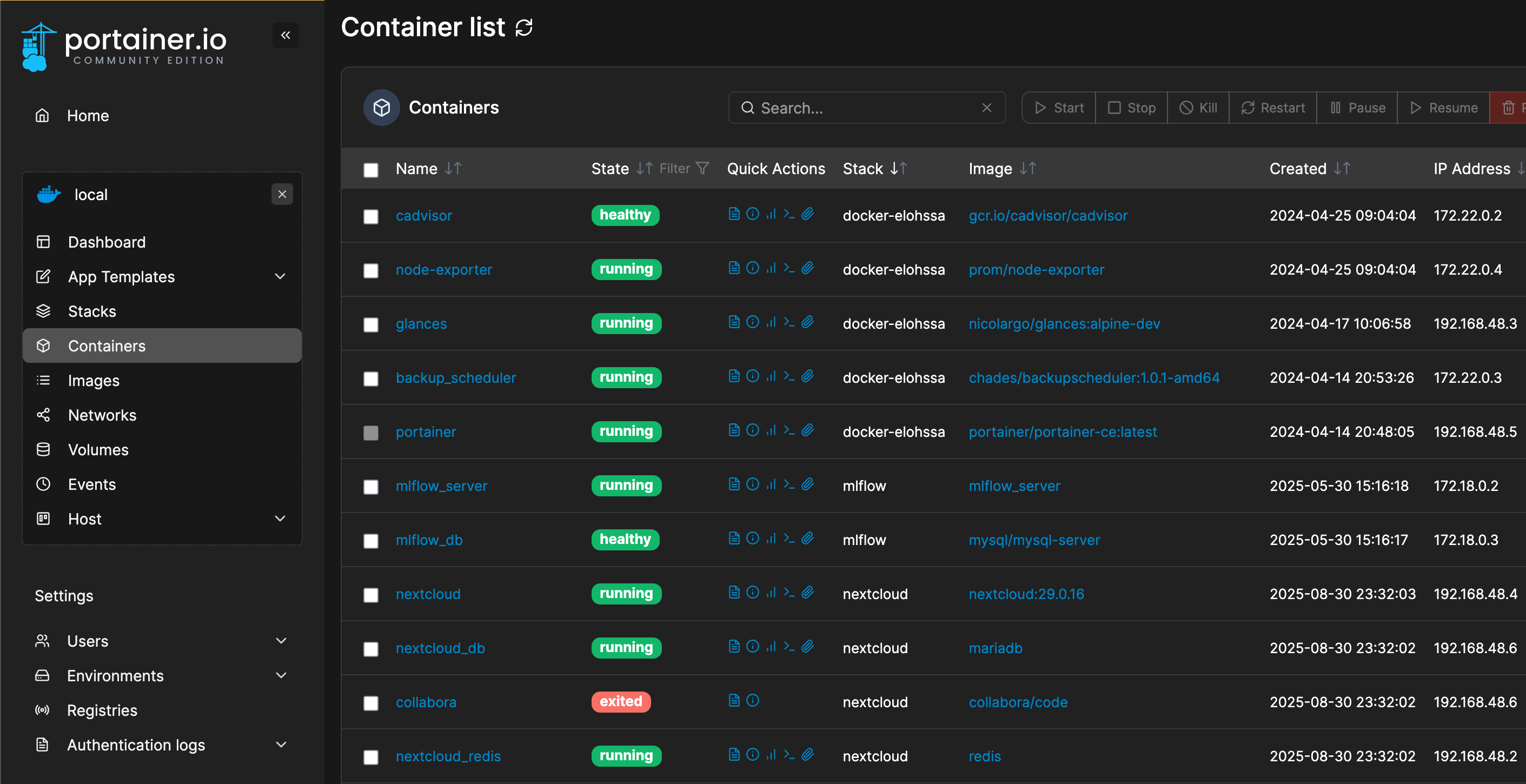
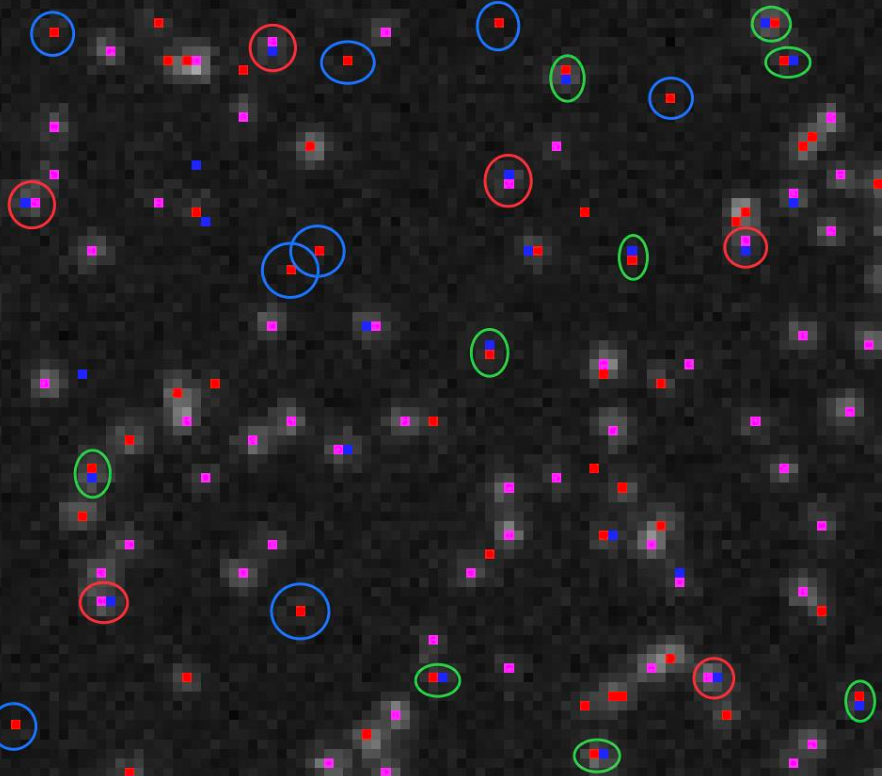
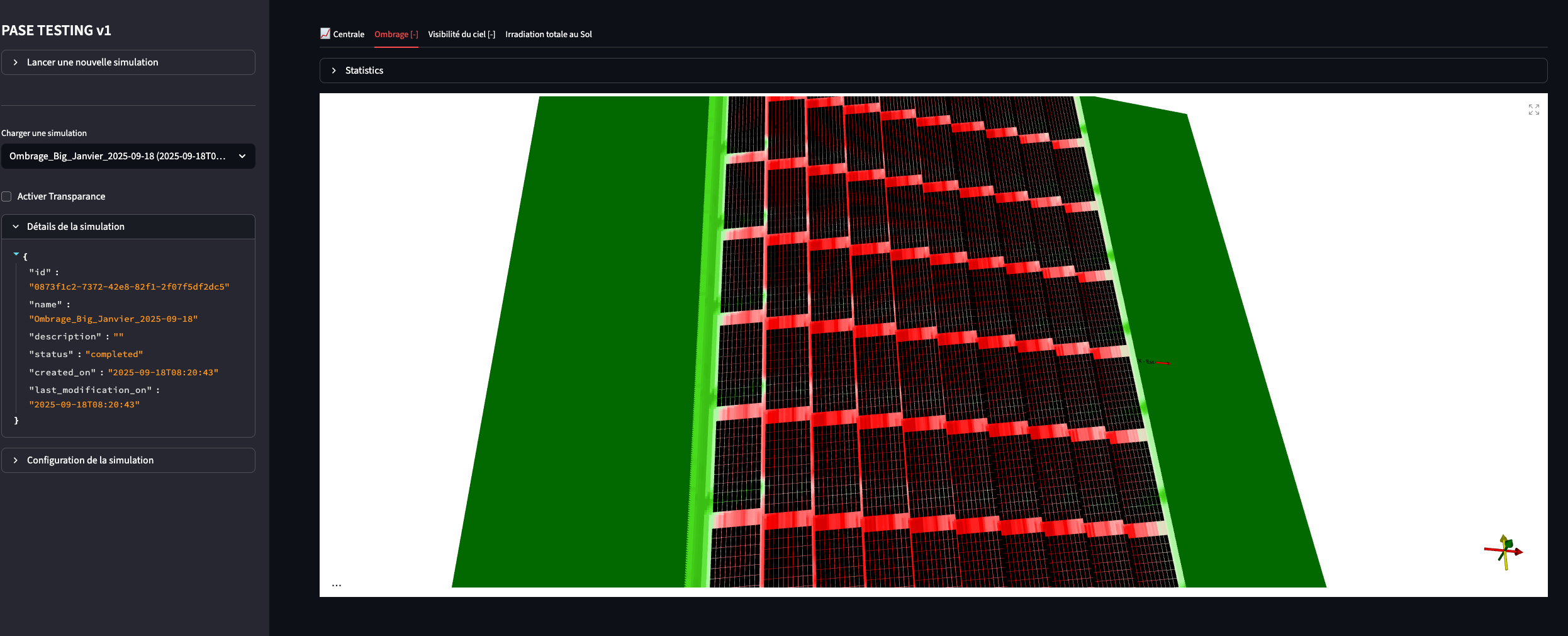
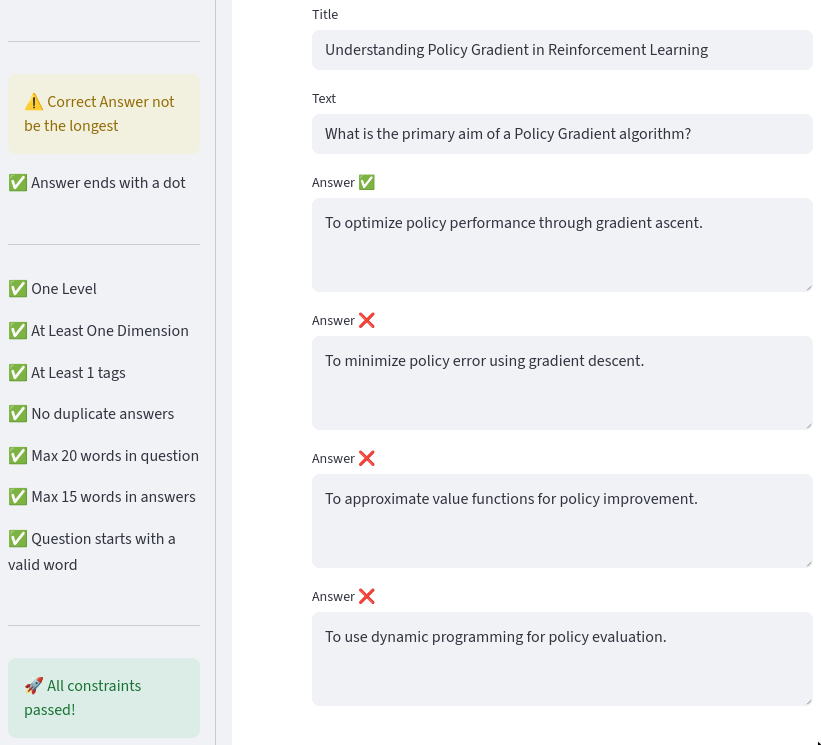
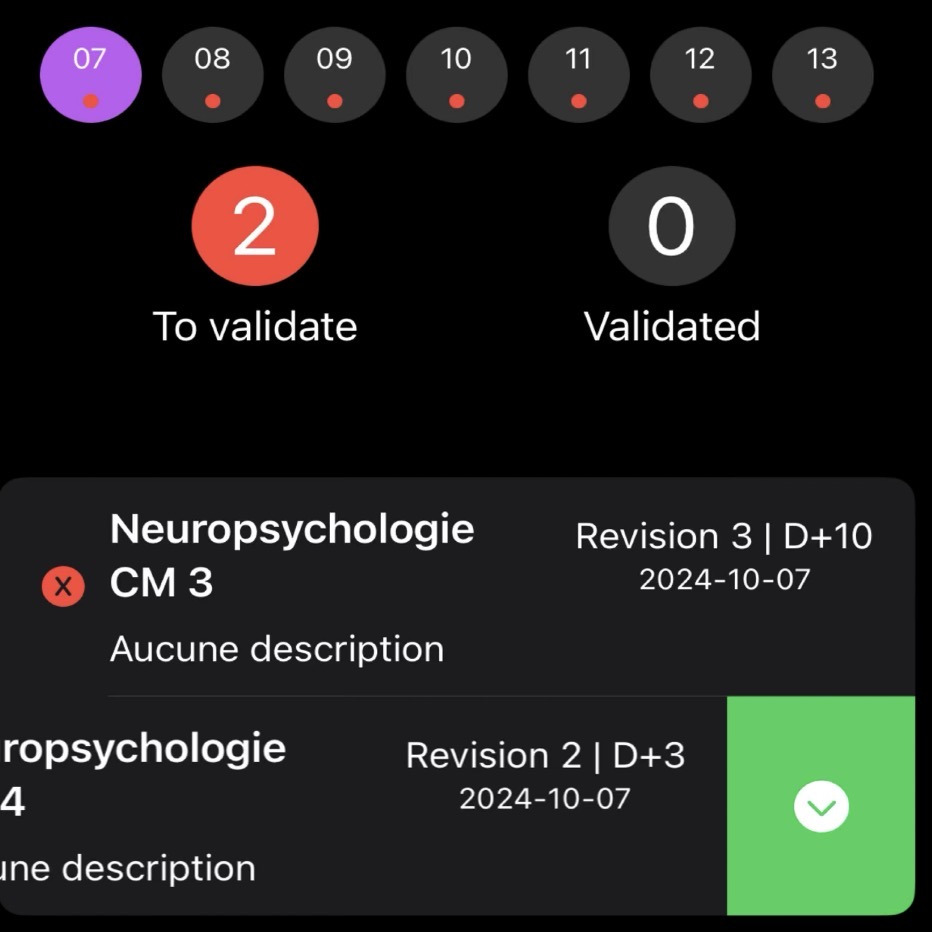


 GitHub
GitHub
 Discord
Discord
 LinkedIn
LinkedIn
 Email
Email
 Instagram
Instagram